Wayanad Travel Guide – Your Perfect Kerala Escape
Ultimate Travel Guide To Wayanad - By Experts
What is Wayanad Famous For?
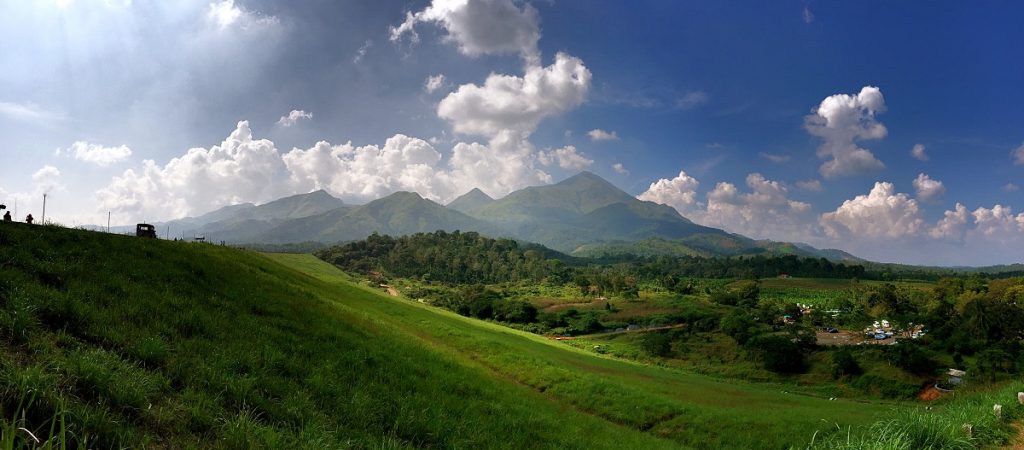
Wayanad is famous for its untouched natural beauty, sprawling spice plantations, misty hills, and rich tribal heritage — a rare combination that captures the essence of Kerala’s highlands. Located on the lush Western Ghats, it’s a haven for travellers who crave serenity, adventure, and authentic culture in equal measure.
What truly sets Wayanad apart is its diverse landscape — from dense forests and emerald lakes to cascading waterfalls and ancient caves etched with prehistoric art. The district is also known for its eco-friendly tourism, offering experiences that blend sustainability with comfort, such as jungle resorts, bamboo huts, and organic farm stays.
For many Indian travellers, Wayanad is synonymous with:
- Breathtaking nature – rolling tea gardens, waterfalls like Soochipara and Meenmutty, and misty viewpoints.
- Wildlife encounters – at Wayanad Wildlife Sanctuary, where elephants and deer roam freely.
- Spice and tea plantations – pepper, cardamom, and coffee estates that scent the air.
- Ancient heritage – Thirunelli Temple and Edakkal Caves showcasing Kerala’s deep-rooted culture.
- Adventure activities – trekking, ziplining, camping, and offbeat eco-trails for thrill seekers.
- Eco-resorts and homestays – perfect for wellness retreats and slow travel.
In short, Wayanad is famous for being Kerala’s green soul — a destination that balances natural splendour with peace, culture, and adventure. It’s not just a place to visit, but one to feel, breathe, and return to.
How to Reach Wayanad?
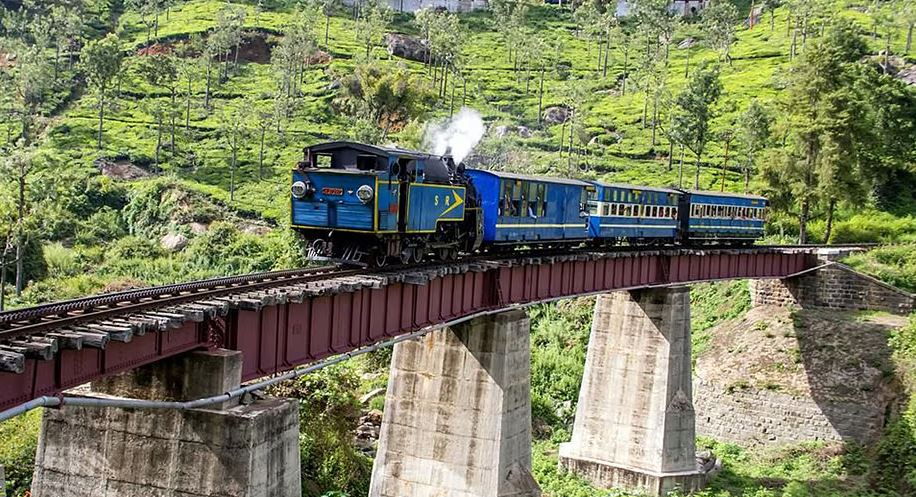
Planning your journey is easier than you think. Wayanad is well-connected to major South Indian cities by air, rail, and road. Here’s your complete Wayanad transportation guide so you can pick the most convenient route for your travel style and budget.
By Air
The nearest airport to Wayanad is Calicut International Airport (Kozhikode), located around 70–80 km away. It connects to major Indian cities like Delhi, Mumbai, Bengaluru, and Chennai, as well as several Gulf destinations. From the airport, travellers can hire prepaid taxis or use Kerala State Transport buses to reach Kalpetta or Sultan Bathery in about two hours. Another convenient option is Kannur International Airport, roughly 90 km from Wayanad, which is steadily growing in connectivity. The drive from either airport offers stunning mountain views, making the journey itself part of the adventure.
By Rail
Although Wayanad doesn’t have its own railway station, the nearest railheads are Kozhikode (Calicut) and Kannur, both well linked to major Indian cities. Travellers arriving by train can continue their journey by hiring a taxi or boarding a KSRTC bus to reach Wayanad’s key towns like Kalpetta, Mananthavady, or Sultan Bathery. The drive from Kozhikode takes around 3 hours, passing through lush ghat roads and tea plantations. Since direct train routes to Wayanad are limited, this rail-and-road combination remains one of the most scenic and affordable options for domestic tourists, especially those travelling from South and Central India.
By Road
If you enjoy road trips, reaching Wayanad by road is an experience in itself. The district lies about 280 km from Bengaluru, 130 km from Mysuru, 300 km from Kochi, and 430 km from Chennai. Well-maintained highways such as NH 766 make the drive smooth and picturesque, especially the stretch through Bandipur Wildlife Sanctuary. Kerala State Road Transport Corporation (KSRTC) and private operators run regular buses from all these cities, ranging from sleeper coaches to air-conditioned Volvo options. Once you’re in Wayanad, local transport includes taxis, auto-rickshaws, and buses connecting nearby attractions. Tip: Mountain roads can be curvy—plan for daytime travel and make frequent stops to soak in the view!
Top Destinations in Wayanad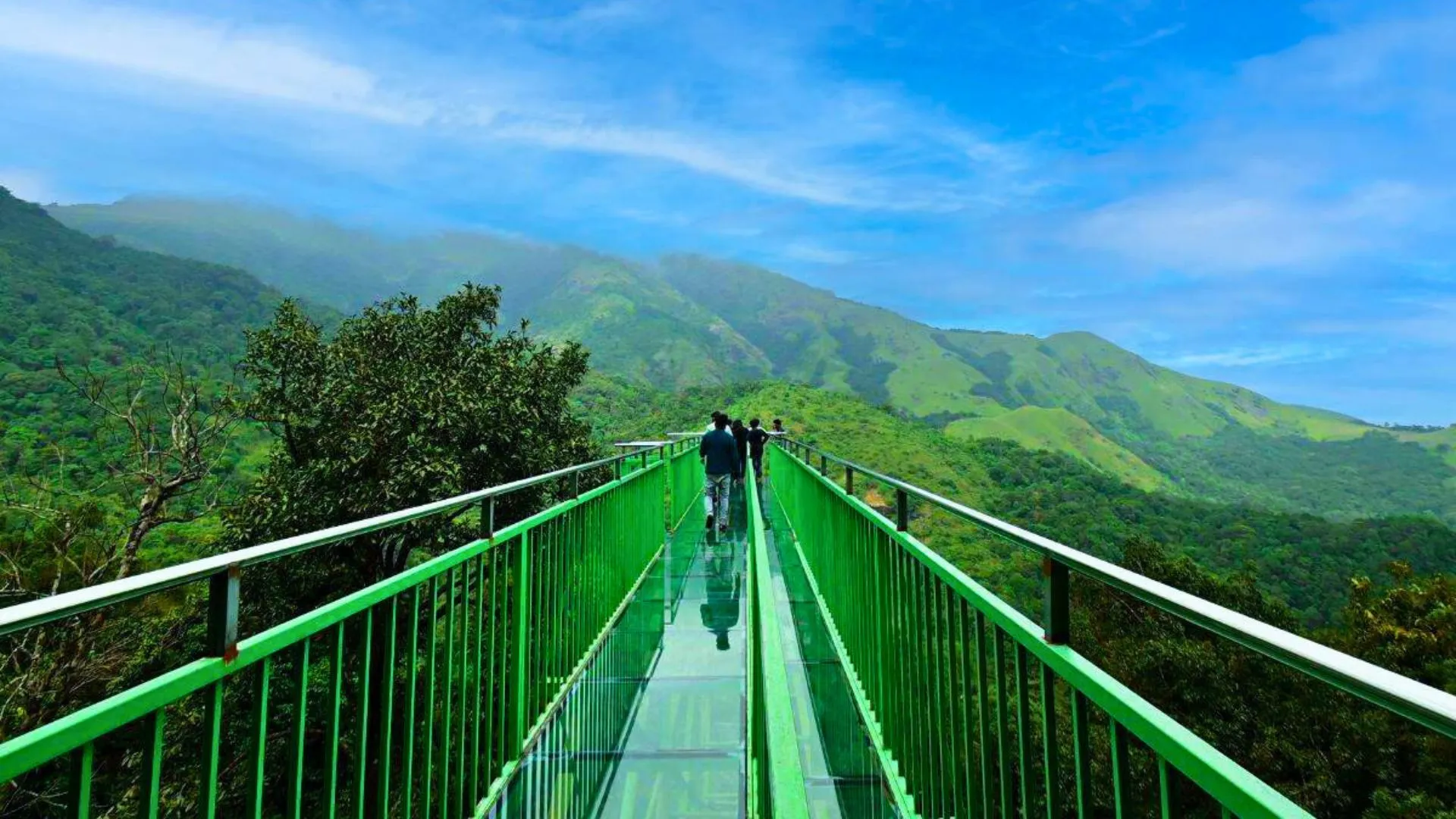
Wayanad is full of mesmerizing landscapes, ancient caves, and refreshing lakes. Here are the top tourist destinations in Wayanad that perfectly capture the district’s diverse charm.
1. Pookode Lake
Surrounded by evergreen forests and rolling hills, Pookode Lake is a natural freshwater lake near Kalpetta and one of Wayanad’s most scenic spots. The lake’s shape resembles India’s map, which fascinates visitors. Families can enjoy boating, nature walks, and a visit to the nearby children’s park and freshwater aquarium. Early mornings are especially peaceful, with mist floating over the water. Shops around the lake sell local spices, honey, and handicrafts—perfect souvenirs for travelers.
Highlights: Boating | Freshwater aquarium | Scenic photography | Family-friendly picnic spot
2. Lakkidi View Point
Lakkidi View Point, known as the ‘Gateway to Wayanad,’ offers stunning views of green valleys and winding mountain roads. Located about 700 meters above sea level, it’s one of the highest points in Wayanad and often wrapped in mist, giving it a dreamlike appearance. Adventure lovers can stop here while driving up the Thamarassery Ghat Pass and enjoy the cool breeze and refreshing air. Sunrise and sunset views are particularly stunning.
Highlights: Valley and ghat views | Ideal for photography | Sunrise and sunset point | Misty mountain ambiance
3. Edakkal Caves
A must-visit for history and archaeology lovers, Edakkal Caves are located near Ambukuthi Hills, about 25 km from Kalpetta. These ancient rock shelters contain fascinating petroglyphs (stone carvings) that date back to the Neolithic Age, making them one of India’s most important prehistoric sites. The moderate trek to reach the caves rewards you with panoramic hill views and a sense of wonder at human civilization’s beginnings. Carry water and wear comfortable shoes—it’s a steep but memorable climb!
Highlights: Ancient rock carvings | Historical significance | Moderate trekking trail | Stunning hilltop views
4. Wayanad Heritage Museum (Ambalavayal)
Located in Ambalavayal village, the Wayanad Heritage Museum showcases the region’s tribal and archaeological legacy. It houses artifacts, hunting weapons, pottery, sculptures, and jewelry that date back to the 2nd century AD. The museum gives a fascinating insight into the lives of Kerala’s indigenous tribes and early settlers. It’s a great stop for history enthusiasts and families curious about Wayanad’s cultural heritage.
Highlights: Tribal artifacts | Ancient relics | Cultural exhibits | Ideal for history lovers and students
5. Banasura Sagar Dam
The Banasura Sagar Dam is India’s largest earthen dam and a marvel of natural beauty and engineering. Located 21 km from Kalpetta, it’s surrounded by the misty Banasura Hills and dotted with tiny islets formed by submerging areas during the dam’s construction. The area is perfect for speed boating, light trekking, and picnics. It’s a photographer’s delight, especially during monsoon when the reservoir reflects the surrounding greenery.
Highlights: Boating and trekking | Panoramic hill views | Largest earthen dam in India | Adventure and family activities
6. Wayanad Wildlife Sanctuary
Part of the Nilgiri Biosphere Reserve, the Wayanad Wildlife Sanctuary is one of Kerala’s most biodiverse areas. Spanning lush forests and grassy plains, it’s home to elephants, deer, tigers, leopards, and various bird species. Safaris through the Tholpetty and Muthanga ranges offer thrilling chances to spot wildlife in their natural habitat. Eco-tourists and photographers will find this sanctuary truly captivating. Remember to respect forest rules and maintain silence during safaris.
Highlights: Jeep safaris | Elephant and deer sightings | Birdwatching | Eco-tourism hotspot
7. Chembra Peak
The tallest peak in Wayanad, Chembra Peak stands at 2,100 meters and offers a thrilling trekking experience. The route, covered in lush greenery and mist, leads to the famous heart-shaped lake halfway up—believed to be perennial and never drying up. Trekkers need permission from the forest department, and guided treks are recommended. From the top, you can enjoy panoramic views of Wayanad and even glimpses of Kozhikode on clear days.
Highlights: Heart-shaped lake | Highest peak in Wayanad | Trekking and adventure | Panoramic mountain views
8. Meenmutty Waterfalls
Among the most spectacular waterfalls in Kerala, Meenmutty Falls cascades from a height of nearly 300 meters in three tiers, making it one of the largest waterfalls in the state. Reaching the falls involves a short but exciting forest trek that rewards you with thunderous water views and cool misty air. It’s best visited post-monsoon when the water flow is strong yet safe. An ideal spot for nature enthusiasts and anyone looking to capture the beauty of Kerala’s landscapes.
Highlights: Multi-tier waterfall | Trekking trail | Best post-monsoon visit | Perfect for nature photography
9. Karlad Lake
For travelers looking for adventure with serenity, Karlad Lake is a great pick. Located near Banasura Sagar, it offers kayaking, ziplining, pedal boating, and rock climbing activities. Unlike Pookode Lake, it’s less crowded, giving visitors a peaceful environment amid lush greenery. The calm waters reflect the surrounding hills beautifully, making it a photographer’s delight.
Highlights: Kayaking & zipline | Peaceful surroundings | Less crowded | Adventure activities for all ages
10. Soochipara Waterfalls (Sentinel Rock Falls)
Located near Meppadi, Soochipara Waterfalls is a stunning three-tiered fall surrounded by dense forest and tea estates. The name "Soochipara" translates to "Needle Rock," referring to the sharp cliffs nearby. After a short downhill walk, you’re greeted by a powerful cascade plunging into a natural pool—perfect for a refreshing dip. It’s one of the most scenic and accessible waterfalls in Wayanad.
Highlights: Swimming and photography | Surrounded by tea estates | Short trek access | Popular picnic spot
Hidden Gems of Wayanad
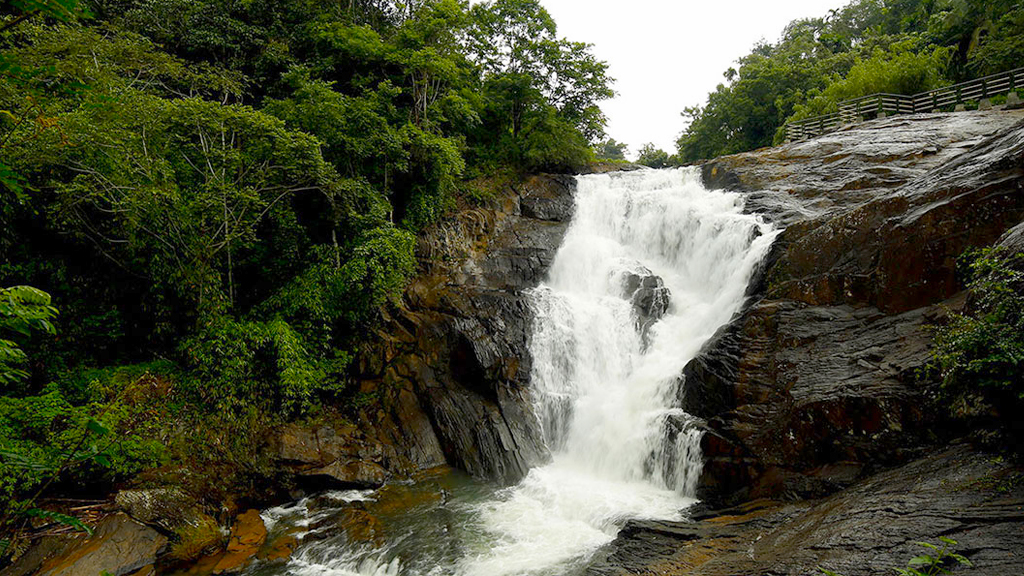
Beyond the famous waterfalls and wildlife sanctuaries, Wayanad hides many secret treasures that only a few travellers explore. These offbeat destinations offer solitude, authentic village life, and untouched natural beauty — perfect for slow travellers and photography lovers alike.
1. Kanthanpara Waterfalls
Often overshadowed by its popular counterpart Soochipara, Kanthanpara Waterfalls is a tranquil two-tier cascade located near Meppadi. With shallow pools and a gentle flow, it’s safe for families and ideal for picnics or a refreshing dip. The short trek through coffee estates adds a rustic charm to the visit. It’s also a great photography spot due to the lush greenery and fewer crowds.
Highlights:
- Peaceful, lesser-crowded waterfall
- Family-friendly natural pool
- Easy access from Kalpetta and Meppadi
2. Kuruvadweep (Kuruva Island)
Nestled in the middle of the Kabini River, Kuruvadweep is a cluster of uninhabited river islands rich in biodiversity. It’s a protected river delta where you can walk across bamboo bridges, spot rare birds, and experience the calm of untouched nature. Entry is regulated by the forest department, keeping the island pristine and eco-friendly. Ideal for nature walks, photography, and birdwatching, Kuruvadweep gives a real sense of Kerala’s wilderness.
Highlights:
- Bamboo raft rides and island trails
- Great for birdwatching and eco-tourism
- Limited daily entry for preservation
3. Thirunelli Temple
Tucked amid the Brahmagiri Hills, Thirunelli Temple is one of Kerala’s most sacred and ancient shrines dedicated to Lord Vishnu. Known as the “Kashi of the South,” it attracts pilgrims seeking spiritual cleansing in the holy Papanasini River, believed to wash away sins. The temple’s setting amidst dense forests and mountains adds to its divine aura. Even for non-religious visitors, the site’s peace and architectural grace make it worth a visit.
Highlights:
- Ancient Lord Vishnu temple
- Sacred Papanasini River nearby
- Serene atmosphere amid the hills
4. Karlad Lake
For those who love adventure with serenity, Karlad Lake is a hidden gem near Banasura Sagar Dam. It’s Kerala’s second-largest freshwater lake and a hub for water-based activities like kayaking, ziplining, and rock climbing. Surrounded by hills and forest trails, it’s perfect for picnics or relaxed evening walks. With fewer tourists, Karlad Lake offers a peaceful break from Wayanad’s busier attractions.
Highlights:
- Kayaking and ziplining available
- Quiet lakeside picnic spot
- Adventure and relaxation in one place
5. Meppadi Village
Nestled amid tea gardens and misty hills, Meppadi Village is Wayanad’s best-kept secret. It’s a charming hamlet that serves as a gateway to several treks and waterfalls yet retains its slow, authentic Kerala vibe. Stroll through tea estates, chat with locals, and enjoy traditional Malabar cuisine in homestays. Perfect for travellers who want to experience Wayanad beyond the guidebooks.
Highlights:
- Lush tea plantations and village life
- Authentic local homestays
- Starting point for several treks
Best Time to Visit Wayanad
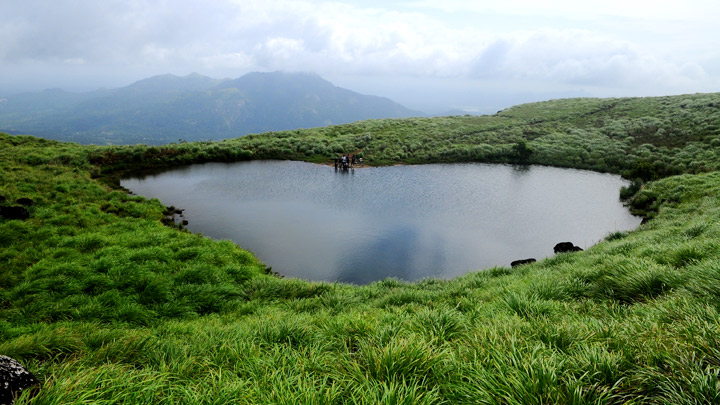
If you’re wondering about the best season to visit Wayanad, the good news is that this green paradise welcomes travellers all year round — each season offering its own magic. Whether you love misty monsoon trails, pleasant winter hikes, or quiet summer escapes, Wayanad has something special in store.
Winter (October to February) – The Perfect Season for Sightseeing
Winter is undoubtedly the best time to visit Wayanad. The weather stays cool and pleasant, ranging between 18°C and 28°C, making it ideal for sightseeing, wildlife safaris, and trekking to spots like Chembra Peak or Meenmutty Falls. The mist-covered valleys and dew-kissed mornings give the region a dreamy charm. It’s also the peak tourist season, so pre-book your stays early — especially around Christmas and New Year.
Travel Tip: Pack light woolens, and plan early morning visits to avoid crowds at popular attractions.
Summer (March to May) – Quiet and Refreshing Getaway
Summer in Wayanad is mild compared to most of South India, with temperatures between 23°C and 35°C. It’s a great time for travellers who prefer fewer crowds and discounted hotel rates. The forests remain green, waterfalls still flow, and the early mornings are perfect for outdoor activities like boating at Pookode Lake or exploring Edakkal Caves. Though afternoons can get slightly warm, evenings are breezy and pleasant.
Travel Tip: Stay hydrated, wear breathable cotton clothes, and explore shaded trails or tea gardens during midday hours.
Monsoon (June to September) – For Nature and Photography Lovers
The monsoon in Wayanad turns the entire district into a painter’s paradise. The region receives heavy rainfall, reviving its forests, waterfalls, and lakes in full glory. This is when Kanthanpara and Soochipara Waterfalls roar with unmatched intensity. While trekking routes may be slippery, it’s the best time for photographers and nature lovers who enjoy the raw, untouched beauty of Kerala.
Travel Tip: Carry rain gear, waterproof shoes, and plan buffer days since road travel can take longer during heavy rains.
📝 Verdict: When Should You Go? For a complete experience — comfortable weather, clear roads, and accessible attractions — October to February remains the best season for most travellers. However, monsoon months are unbeatable for those who crave solitude and dramatic landscapes.
Must Read Tips For Indian Travellers To Visit In Wayand (Local Nuances)
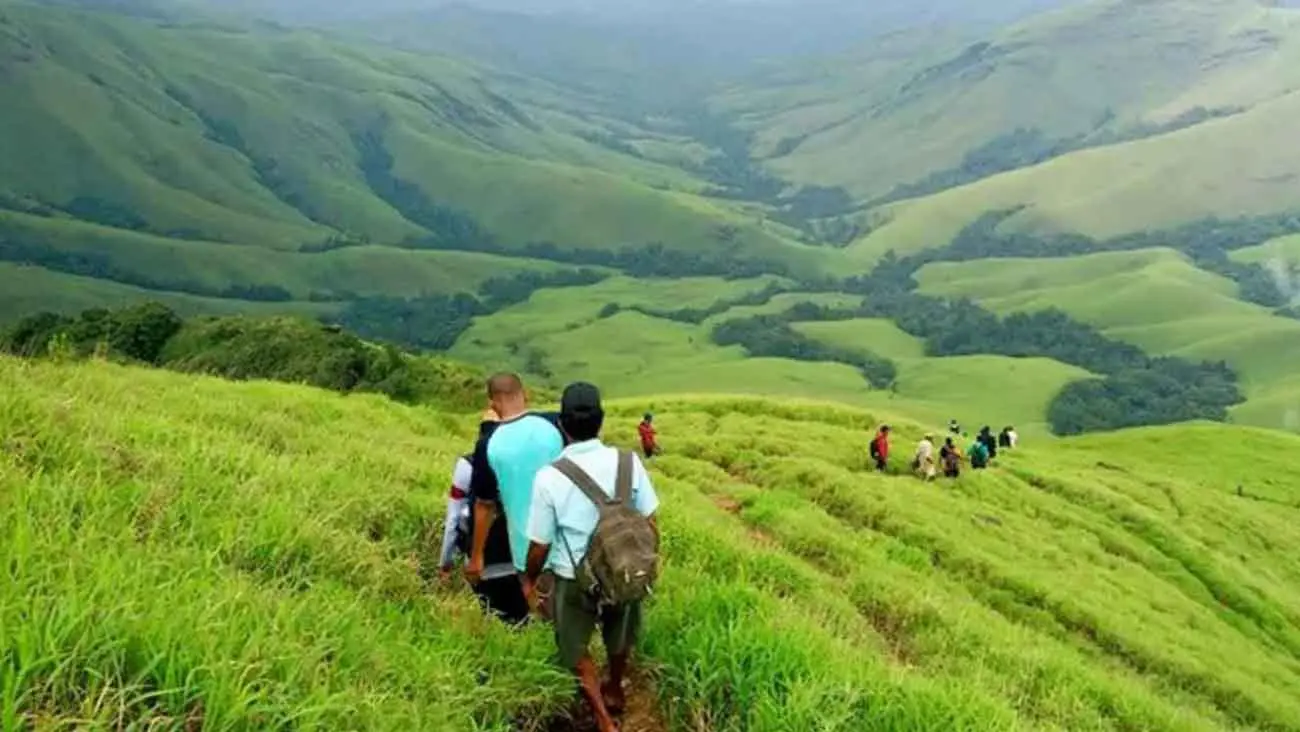
- Accommodation: Book early for peak season (Oct–Feb). Consider homestays for authentic local flavour and supporting community tourism.
- Food / dietary: Kerala cuisine is rich in coconut, seafood and plant-based options. If you prefer vegetarian North Indian style, inform your stay in advance.
- Tribal culture: Wayanad is home to several Adivasi communities; treat visits sensitively, ask before photographing, and support locally-made crafts.
- Weather gear: Mornings can be chilly even in summer. For monsoon visits, wear slip-resistant shoes and carry a rain jacket.
- Mobile connectivity & power: Some forested/remote areas may have weak mobile signal. Carry power banks.
- Safety & environment: Avoid venturing into restricted forest areas alone. Unplanned treks during heavy rain can be risky. (Note: environmental concerns in Wayanad exist around unregulated resorts and slope safety.)
- Responsible tourism: Choose tour operators and homestays aligned with the ethos of preserving nature and local culture.
Wayanad Transportation & Getting Around
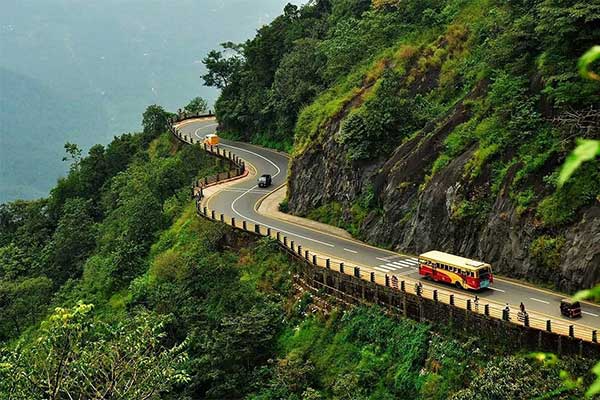
Once you’ve reached this enchanting hill district, exploring it is easy and enjoyable — thanks to well-connected roads, affordable local transport, and plenty of scenic routes. Whether you prefer a relaxed cab ride or a little adventure on winding roads, Wayanad offers several convenient options for getting around.
1. Local Buses
Wayanad’s towns like Kalpetta, Sultan Bathery, and Mananthavady are well-linked by Kerala State Road Transport Corporation (KSRTC) buses. These buses connect almost every major attraction, including Edakkal Caves, Pookode Lake, and Banasura Sagar Dam. It’s the most budget-friendly option for solo or group travellers who want to explore like locals. Although bus frequency reduces after sunset, daytime services are regular and reliable.
📌 Tip: Keep small change handy for tickets, and confirm the last return bus timing when venturing to remote areas.
2. Taxis and Cabs
Hiring a taxi is the most comfortable way to explore Wayanad, especially if you’re traveling with family or want flexibility. Taxis are easily available from Kalpetta and Sultan Bathery, and most hotels can arrange trusted local drivers. Full-day packages are common and typically cover multiple attractions such as Chembra Peak, Soochipara Waterfalls, and Banasura Dam.
📌 Tip: Negotiate or confirm rates beforehand — around ₹2,500–₹3,500 per day for a small cab, depending on distance and season.
3. Auto-Rickshaws
For short distances within towns or between nearby attractions, auto-rickshaws are a quick and economical option. They’re ideal for visiting local markets, restaurants, or nearby waterfalls. Autos are metered in some areas, but in smaller villages, you’ll need to agree on a fare before starting.
📌 Tip: Always ask locals or your hotel staff for the approximate fare to avoid overpaying.
4. Self-Drive Cars and Bikes
If you enjoy road trips, renting a car or bike in Wayanad can be a liberating experience. The scenic routes lined with tea gardens, spice plantations, and mountain passes are pure joy for driving enthusiasts. Self-drive options are available in Kalpetta and Sulthan Bathery, though you’ll need a valid driving license and ID proof.
📌 Tip: Drive cautiously on ghat roads, especially during monsoon, and avoid night driving due to limited street lighting in forest stretches.
5. Guided Tours and Private Transfers
Many travellers prefer private sightseeing tours arranged by local operators or hotels. These usually include transport, a guide, and curated itineraries — ideal for those who want hassle-free exploration. Popular packages often include wildlife safaris, heritage spots, and hidden waterfalls.
📌 Tip: Always book through verified agents or your hotel to ensure safety and reliability.
6. Cycling and Walking
For eco-travelers, cycling through tea estates and village trails is a delightful way to connect with Wayanad’s charm. Bicycles can be rented from select resorts and local operators. In smaller towns, walking remains the best way to experience local life — stop at tea stalls, talk to locals, and capture the beauty up close.
📌 Tip: Early mornings are best for cycling before traffic increases, and carry water as distances between villages can be long.
Whether you explore by bus, cab, or on two wheels, getting around Wayanad is part of the adventure. The region’s winding mountain roads, lush surroundings, and warm hospitality make every journey memorable — so travel slow and enjoy the ride.
Get In Touch With Our Travel Expert
